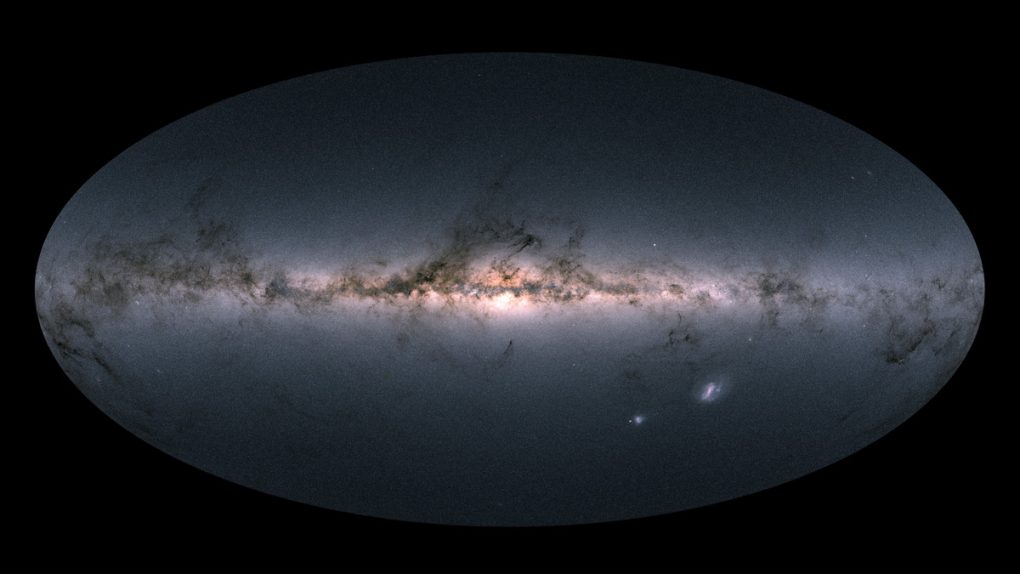Back in early 2018, the European Space Agency released the second phase of Milky Way mapping data collected by the agency’s Gaia satellite. With a variety of tools that allow scientists and even casual space fans to browse an immense amount of data, it was a very big deal in for both professional and amateur astronomers.
However, it’s really just the tip of the proverbial iceberg, and the Gaia project team will continue to update the map data in the years to come. In the meantime, researchers combining the data from Gaia with sky survey data using other instruments have been able to peer through some of the dust and debris obscuring star positions to increase the accuracy of the Gaia data.
“We looked in particular at two of the stellar parameters contained in the Gaia data: the surface temperature of stars and the ‘extinction,’ which is basically a measure of how much dust there is between us and the stars, obscuring their light and making it appear redder,” Friedrich Anders, lead author of a new paper on the work, said in a statement. “These two parameters are interconnected, but we can estimate them independently by adding extra information obtained by peering through the dust with infrared observations.”
As a new post on ESA’s website explains, this method can improve the accuracy of the star position data by over 20 percent in some cases. The more accurate the Gaia data is, the more useful it becomes for astronomers using it for various purposes.
In the future, the Gaia project will release multiple updates to its galaxy map. The satellite is still scanning the skies, and with years of data collection already under its belt, ESA hopes it will continue to do so for a long time to come.








